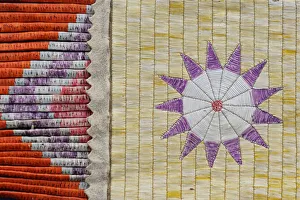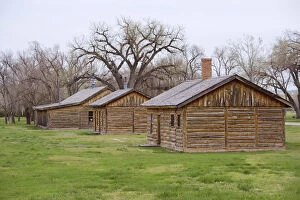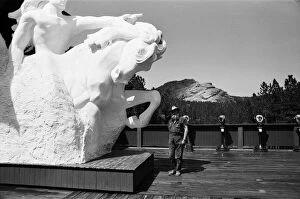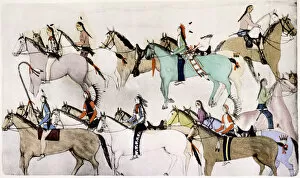Crazy Horse Collection
Captured the spirit of Crazy Horse, one of the most revered Native American leaders, in his monumental sculpture
All Professionally Made to Order for Quick Shipping
Captured the spirit of Crazy Horse, one of the most revered Native American leaders, in his monumental sculpture. The Crazy Horse monument model stands tall as a tribute to this legendary Oglala Lakota Indian Chief. As we delve into history, we uncover artifacts that tell tales of bravery and resilience. One such artifact is the pipe bag once owned by Crazy Horse himself. This sacred item serves as a reminder of his significance and the impact he had on his people. Traveling to Fort Robinson in Nebraska takes us back to a time when conflict between General George Custer and Crazy Horse reached its peak. Antique prints and paintings depict pivotal moments like Custer's Last Stand, capturing the intensity and chaos that unfolded during these battles. The Battle of Little Bighorn holds historical importance as it showcases the determination and unity displayed by Native American tribes against encroaching forces. Artists like Amos Bad Heart Buffalo immortalize this event through their powerful depictions, allowing us to witness the end of this fierce battle firsthand. In Custer State Park within South Dakota's Black Hills lies an awe-inspiring sight: "The Needles. " These towering rock formations stand tall just like Crazy Horse did during his lifetime – unyielding in their presence. Korczak Ziolkowski dedicated years of his life sculpting what would become an iconic symbol for generations to come – the colossal statue honoring Crazy Horse. High in the Black Hills, this masterpiece captures not only physical likeness but also embodies the spirit and legacy left behind by this remarkable leader. From battles fought on vast plains to tragic endings at Fort Robinson, every piece mentioned here contributes to our understanding of who Crazy Horse was - a warrior who fiercely defended his land, culture, and people until his untimely death in 1877. Crazy Horse's story continues to inspire admiration for those who value courage, strength, and unwavering dedication.












